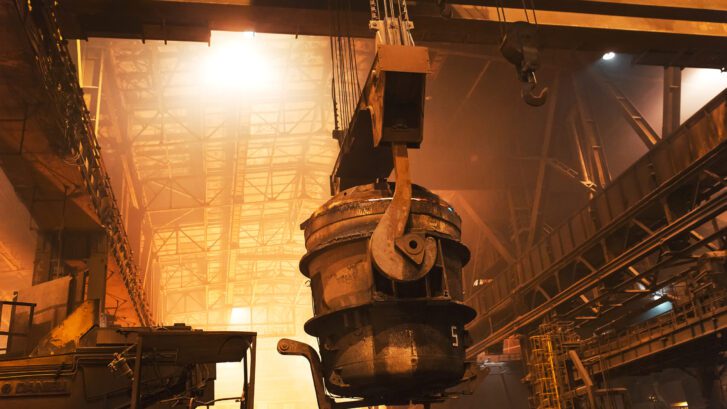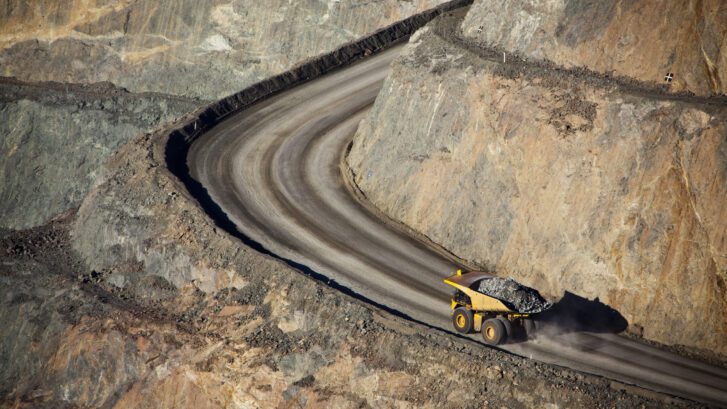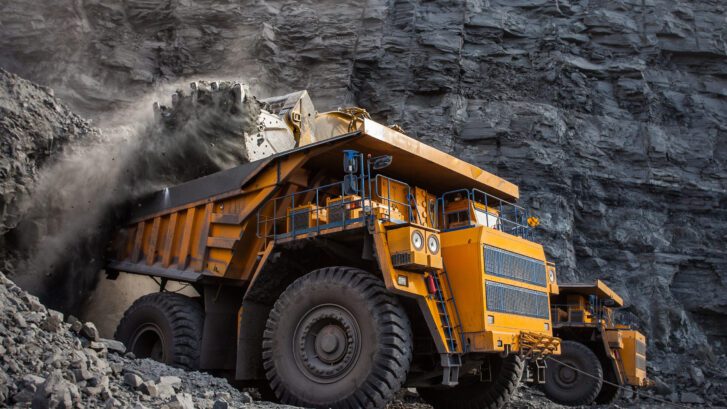Key Aspects of Designing an Overhead Crane for the Steel Industry
Introduction
In the demanding environment of steel production, overhead cranes serve as critical components of material handling systems. These cranes are not just lifting machines; rather, they are engineered systems designed to move hot steel, molten metal, heavy coils, and massive slabs across various stages of manufacturing. Therefore, designing an overhead crane for the steel industry requires a nuanced understanding of operational demands, safety standards, heat tolerance, and customization. This article outlines the key factors that must be considered when developing such cranes for steel plants, from structural integrity to automation compatibility.
1. Understanding Steel Industry Requirements
The steel industry operates in a high-stress environment characterized by intense heat, heavy materials, and continuous operations. As a result, overhead cranes in this setting must perform repetitive, high-load tasks under extreme conditions without fail.
Key Requirements:
-
Heavy-duty lifting capacity: Often ranging from 10 to over 500 tonnes.
-
High temperature resistance: Especially near furnaces and ladles.
-
Continuous operation: Downtime can be financially crippling.
-
Custom travel paths: To match factory layouts and process flows.
Before starting the crane design, it’s vital to conduct a detailed needs assessment. This should include production volume, load types, environmental conditions, and movement frequency.
2. Crane Classification and Duty Cycles
Cranes are classified based on their usage and load-handling frequency. Notably, the steel industry often falls under higher-duty categories such as Class D (heavy service), Class E (severe service), and even Class F (continuous severe service).
Duty Cycle Considerations:
-
Class D: Found in general steel service.
-
Class E: For hot metal handling and heavy manufacturing.
-
Class F: Used in continuous process operations, like steel mills operating 24/7.
Consequently, selecting the correct classification ensures long-term performance, reduces maintenance frequency, and enhances operational reliability.
3. Structural Design and Load Calculations
A crane’s structural integrity is paramount in steel applications, where weight loads are extreme. Therefore, engineers must factor in:
-
Static and dynamic loads
-
Wind and seismic activity (if outdoors)
-
Thermal expansion due to high ambient temperatures
-
Fatigue stress from continuous use
Moreover, advanced simulation software, including finite element analysis (FEA), is often used to verify beam and girder designs.
Materials Used:
-
High-tensile steel
-
Heat-resistant alloys
-
Reinforced joints and gussets
In addition, designers must consider overhead clearances, runway support structures, and wheel load distributions.
4. Hoist and Trolley Specifications
The hoist mechanism must be tailored to handle the specific types of steel loads—whether that be slabs, coils, or molten metal.
Critical Factors:
-
Lifting speed and precision: Slow speeds for ladle handling, higher speeds for coil transport.
-
Double girder vs. single girder: Double girder systems are preferred in high-capacity settings.
-
Trolley design: Open winch trolleys are common due to their ease of maintenance and robust performance.
Furthermore, modern hoists may include encoder feedback, load cell monitoring, and redundancy systems for safer operation.
5. Heat and Corrosion Resistance
In a steel plant, cranes are exposed to extreme conditions. Furnaces, slag pits, and rolling mills can emit enough heat to warp standard components.
Engineering for Harsh Conditions:
-
Thermal insulation on electrical panels
-
Heat shields for cables and motors
-
Corrosion-resistant coatings
-
Sealed bearings and gears
Additionally, high IP-rated enclosures protect electronic components, while heat-resistant paints prolong the crane’s external durability.
6. Power Supply and Cable Management
Supplying consistent and safe power to overhead cranes requires careful design. Typically, power systems include:
-
Festoon systems
-
Conductor bars
-
Cable reels
For long runways, conductor bars are more efficient—especially when combined with energy feedback systems to enhance sustainability.
Safety Add-ons:
-
Earth leakage monitoring
-
Surge protection devices
-
Arc-flash rated gear
Equally important, cable management systems must be designed to avoid snagging or overheating during prolonged use.
7. Controls and Automation
Advanced control systems improve both operational safety and productivity. As the steel industry evolves, many operators are shifting toward semi-automated and fully automated crane solutions.
Control Options:
-
Cabin control: Essential for molten steel handling.
-
Radio remote control: Ideal for flexibility and operator safety.
-
Automated PLC control: For repetitive tasks with high precision.
Moreover, modern systems often integrate with the plant’s ERP or MES systems, allowing real-time data collection and decision-making.
8. Safety Systems and Redundancy
Safety is non-negotiable, particularly when cranes operate near workers, furnaces, and sensitive equipment.
Essential Safety Features:
-
Load monitoring with overload protection
-
Emergency stop and limit switches
-
Anti-collision sensors for multi-crane systems
-
Fail-safe brakes with redundant systems
For example, ladle cranes require redundant hoisting and braking systems to prevent catastrophic failures. In certain applications, load sway control systems further reduce risk.
9. Maintenance Accessibility
Designing for ease of maintenance improves uptime and lowers operational costs. In the steel industry, maintenance must often be performed under tight schedules.
Maintenance-Friendly Design:
-
Walkways and platforms for inspections
-
Easy-access lubrication points
-
Self-diagnostic software
-
Modular components for quick replacement
As a result, predictive maintenance tools—such as vibration sensors and wear tracking systems—are increasingly used to detect issues before they escalate.
10. Compliance with Global Standards
Overhead cranes must adhere to national and international regulations. Depending on the crane’s location, design must comply with:
-
ISO 4301/EN 13001: For structural design and safety
-
ASME B30.2 and B30.17: For operational and maintenance standards
-
FEM standards: For European machinery
-
Australian Standards (AS 1418): For cranes in Australia
By ensuring compliance, companies benefit from safer operations, easier insurance approvals, and legal peace of mind.
11. Customization for Steel Plant Operations
No two steel plants are exactly the same. Therefore, the overhead crane must be customized to match specific workflows, including:
-
Ladle handling cranes
-
Slab and billet handling cranes
-
Coil and plate lifting systems
-
Magnet-equipped cranes for scrap handling
Additionally, integrating the crane into a digital twin or plant-wide SCADA system can further optimize layout design and efficiency.
12. Environmental and Energy Considerations
The move toward green steel production also influences crane design. Today, energy recovery systems, regenerative braking, and smart drives help reduce power consumption.
Eco-friendly Initiatives:
-
Use of inverter-controlled motors
-
Energy feedback to grid systems
-
Lightweight material substitution
-
Use of LED lighting in cabins and maintenance walkways
Thus, sustainability doesn’t end with operation—it also extends to the materials used in crane construction, many of which can be recycled after end-of-life use.
13. Testing and Commissioning
Before an overhead crane is commissioned in a steel plant, it undergoes rigorous testing:
-
Load testing at 125–150% of rated capacity
-
Functional tests for all motion axes
-
Brake and emergency stop tests
-
Simulation of real operation scenarios
Subsequently, periodic audits and inspections must be scheduled according to regulations and duty classifications.
Conclusion
Designing an overhead crane for the steel industry is a complex and critical task. Every detail, from lifting capacity to control systems, plays a significant role in ensuring performance, reliability, and safety. Because the environment is so demanding, engineering decisions must take into account extreme heat, heavy-duty usage, and the need for automation.
Ultimately, the goal is to build a crane system that seamlessly integrates with plant operations, minimizes downtime, and supports modern steel production methods. As the industry continues to evolve, overhead cranes must evolve as well—adapting to digital technologies, sustainability standards, and ever-increasing demands for efficiency.
Whether it’s handling red-hot slabs or moving delicate coils, a well-designed overhead crane is not just an asset—it’s a necessity for every steel plant striving for excellence.











